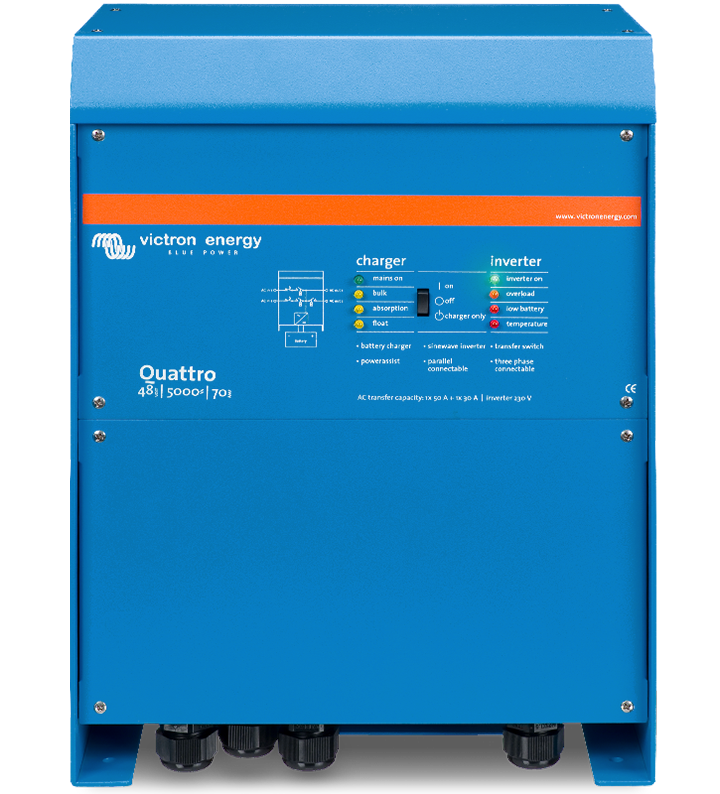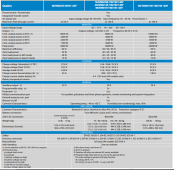Chadd
New Member
- Joined
- Jul 13, 2022
- Messages
- 92
Good afternoon.
Does anyone have a recommendation on a 24 volt 6000 watt sine wave Inverter
Or two 3000 watt that can be used in parallel.
There are several online that state 6000 continues power, but who to believe : )
I have not been able to find one with a user recommendation.
Using a Renogy 3000 watt 12 volt at the moment.
It is OK but I wish to change to 24 volt for lower current and to release more power from the charge converters.
Thank you for your time : )
God Bless Chadd
Does anyone have a recommendation on a 24 volt 6000 watt sine wave Inverter
Or two 3000 watt that can be used in parallel.
There are several online that state 6000 continues power, but who to believe : )
I have not been able to find one with a user recommendation.
Using a Renogy 3000 watt 12 volt at the moment.
It is OK but I wish to change to 24 volt for lower current and to release more power from the charge converters.
Thank you for your time : )
God Bless Chadd
Last edited:





